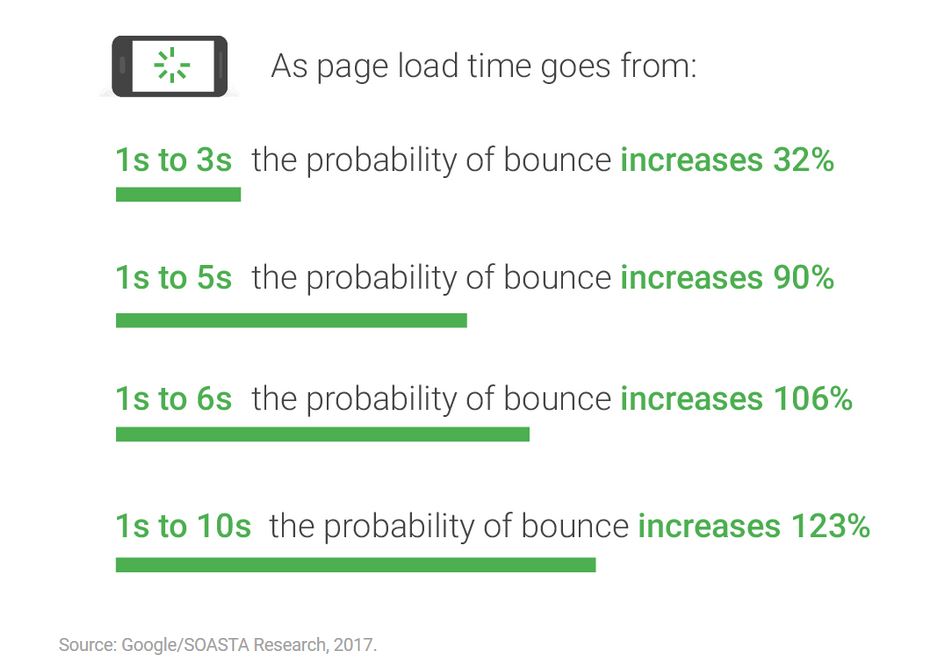Here are three key areas where B2B business owners may still be playing catch up as these marketing myths linger…
-
Businesses don’t use social media to buy
Okay on the face of it businesses don’t use social media to buy… HOWEVER people do, and people are key in a typically complex, long B2B sales funnel. Usually several people have a stake in the process before a buying decision is reached and a significant number of these stakeholders will be on social media.
And social media provides an ideal stage in the ‘awareness / research stages’ of the B2B buying process to:
- build relationships with prospects and keep in touch with your customers.
- influence the sales process and maximise your chances of conversion by sharing thought leadership content
- show off your understanding of your audience’s interests and concerns.
Whilst social media doesn’t guarantee a sale, it does give you a seat at the table when they are ready to buy.
So, use social to influence the early stages of the B2B buyer cycle by showing them what you are about and how well you understand what’s important to them.
-
Mobile isn’t so important for B2B
It may not have been a few years back but in 2017 it definitely is! Mobile has overtaken desktop in the past year as the primary device used to access websites. Google with its increasingly important mobile-first index now ranks mobile sites’ content, links, speed, user experience etc. All of which are key drivers of search engine visibility, while desktop is still a factor, it is not as important.
Also, more B2B content is now consumed on mobile devices. For example, 57% of all engagement with LinkedIn, takes place on mobile devices. And the evidence is mounting that such mobile engagement is just as focused and purposeful as engagement that takes place on a desktop.
Research from Google shows B2B buyers researching using mobile – and giving it a key role in their self-directed buyer’s journey. Even a study back in 2015 showed that 42% of B2B researchers use a mobile device during the purchase process – and that 49% did so whilst they are in the office, when they would have larger screens available to them if they wanted. Meanings that mobile isn’t just used for surface-level engagement, until they’re in front of a big screen for the ‘proper stuff’.
So, #MobileFirst it is which means prioritising mobile and making sure your B2B content is mobile accessible and delivers a frictionless experience.
-
Millennials aren’t B2B decision makers
Wrong. They are – a recent report by Sacunas found that 73 per cent of the Millennials surveyed (USA study of over 2,000 adults aged 20 – 35, born between 1979 – 1995) are involved in B2B purchase decision-making at their companies with approx. one-third surveyed being the sole decision maker for their company.
The study found that this generation values authenticity and wants to feel like they have a personal, direct interaction with the brand. B2B brands now need to evolve and have meaning beyond the products they represent.
Unsurprisingly, millennials are likely to use digital channels like search engines, vendor websites and social media to make purchasing decisions. Typically, they would google it, searching for the ‘best’ and customer, company and product reviews. This way of searching makes reviews, case studies and endorsements a vital part of a B2B marketing toolkit.
If you would like to discuss any of the points raised in this article, please call Sharon French, a Chartered Marketer and B2B marketing expert on 01327 810003.



